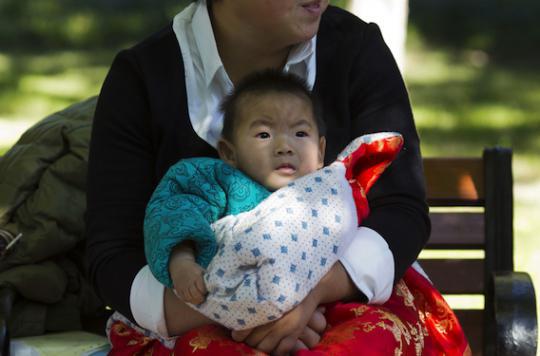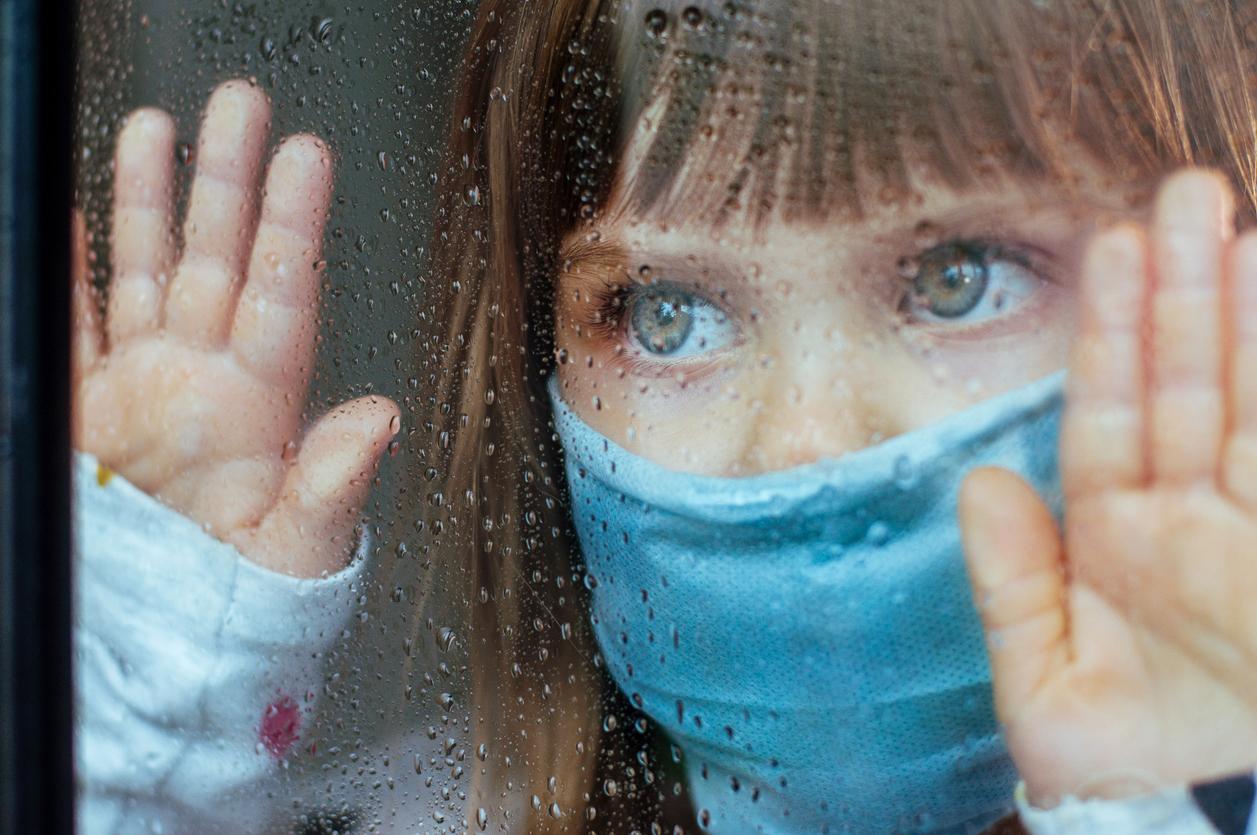The Communist Party has just authorized all couples to have 2 children. In 30 years, the one-child policy has changed the demographics of the country.

François Hollande’s visit, which begins this Monday in China, comes at a time of profound changes for the country. The Communist Party has indeed just touched a pillar of its demographic policy, in place for more than thirty years: the “one-child policy”.
One child per woman: since 1979, this has been the principle at the heart of the Chinese government’s birth policies. Parents who did not comply had to pay heavy fines or undergo forced abortions. The law has been gradually relaxed, but it was only last week that it was finally changed. From now on, all couples will be able to have up to two children, regardless of where they live in the country and regardless of their ethnic origin.
The Communist Party already allowed the birth of a second child in rural areas, if the eldest in the family was a girl. More recently, the rules were relaxed for urban couples two years ago, when one of the parents was himself an only child. The end of the one-child policy appears to be a necessity in the eyes of the Chinese authorities, who fear that the aging of the Chinese population will hamper the country’s economic development and increase health costs.
Demographic imbalance
Today, over 30% of the Chinese population is over 50, and by 2050, a quarter of the population is expected to be over 65. By modifying the law to allow the birth of two children per woman, the idea is therefore to allow a renewal of the working population, and to provide support to seniors. However, demographers believe this will not be enough.
According to Christophe Guilmoto, researcher at INED and specialist in demographic issues in Asia, the new law could stimulate a moderate increase in fertility, but which will not be sufficient to catch up with three decades of one-child policy.
Christophe Guilmoto, researcher at INED: “The number of births may go up in some places but not very much. People have adhered to the one-child policy … “
In addition, he believes that many couples may not benefit from the new law, as having only one child is now part of well-integrated social norms. Even before the implementation of the one-child policy, the birth rate had already fallen sharply, from 5.8 children per woman in 1970 to 2.7 children per woman in 1978.
Masculinization of births
Christophe Guilmoto was particularly interested in another demographic consequence of the one-child policy: masculinization of births. There is indeed a very important imbalance between the sexes. The latest statistics published by the authorities show 116 boys for every 100 girls. This poses societal problems in a country where men today cannot find partners to marry. The situation creates real psychological and social suffering.
“The imbalance will increase as new young people enter the marriage market, and older ones will stay there without finding a spouse. There will be a huge traffic jam. We have never had an equal situation and we do not know how society can adjust. For the moment, this creates difficult social situations, not being married being considered a major failure, ”underlines Christophe Guilmoto.
Despite this malaise, felt by a large part of the male population, discrimination against women and parental preference for boys remain deeply rooted in the country’s culture.
Selective abortions, and to a lesser extent, infanticide, have long been used to promote the birth of boys, especially in urban areas, where the policy was most strictly enforced. The possibility of having two children does not necessarily mean the end of these selective abortions. Parents who had a baby girl first could still use it, to make sure they have a boy the second time around.
Christophe Guilmoto, researcher at INED: “One can imagine that a certain number of people who forced the birth of a boy will let chance play. The one-child policy gives people an irreversible way to avoid girls … ”
Authoritarian regulation
In fact, the new law signals a change at the political level, but it is not expected to transform Chinese society in concrete terms. A reversal of the demographic pyramid is not to be expected in the short term.
Moreover, women’s fertility is still regulated by the state: even if they can now have two children, they are theoretically not allowed to exceed this quota. The birth policy is therefore still a manifestation of the authoritarianism of the Chinese regime, which persists in wanting to control the ability of couples to reproduce.
.
















